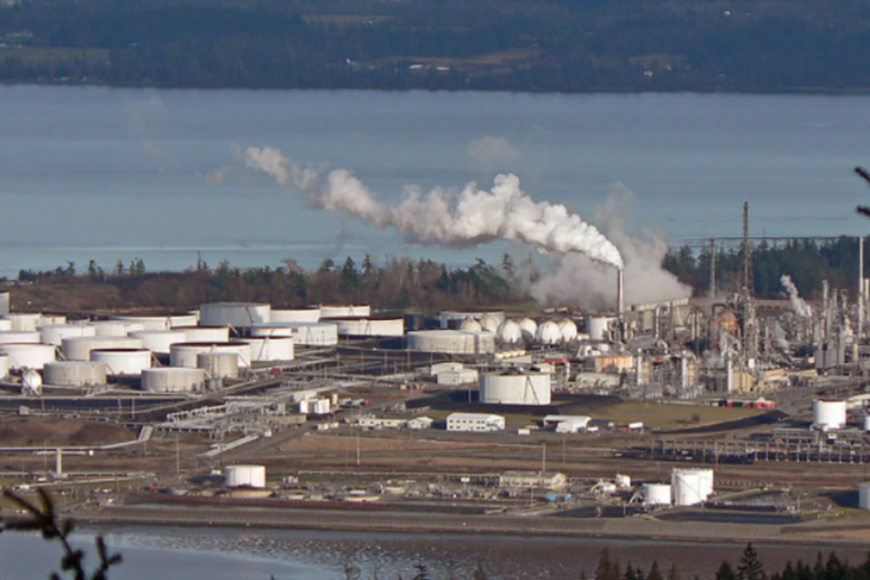
Ambient air quality testing is conducted to determine the gaseous or particulate concentration of air that may be released into the environment or breathed by humans. Dry air in the Earth’s atmosphere comprises a dynamic mixture of gases, primarily nitrogen (~78%) and oxygen (~21%). Smaller volumes of argon (~0.9%) and carbon dioxide (~0.04%) are also present alongside copious trace level gas species and various particulate matter.
Air Quality Testing: Gas Concentrations
Indoor air quality testing is primarily concerned with ensuring that ambient air retains safe oxygen levels for normal human functions, typically between 19 – 23%. The Occupational Safety and Health Administration (OSHA) defines any atmosphere that falls below this range as oxygen-deficient and is thus unsafe for workers. This can be problematic as oxygen levels in functional environments, particularly in enclosed spaces, may fluctuate due to unavoidable processes. For example, oxygen is readily consumed by metals that are prone to rust, which is typically accelerated in damp and humid conditions. OSHA subsequently lists oxygen-deficiency as the leading cause of death in confined working spaces in shipyards.
Materials can consume oxygen and lead to adeficiency that is unsafe for humans or undesirable for products. Fresh goods will continue to metabolize oxygen after harvest, which causes them to gradually ripen while in transit or on shelves. Oxygen-rich atmospheres are proven to accelerate the rate of senescence in fruit and vegetables, while oxygen-deficiency can lead to poor end-product texture and taste. Fresh goods are subsequently transported in controlled environments that continuously perform air quality testing, as opposed to ambient air conditions.
Ambient air quality testing must also be performed in offices, schools, hospitals, and commercial properties that are not serviced with a natural flow of air. Ventilation and air conditioning systems are used to remove excess carbon dioxide from contained environments and supply a constant flow of normal, ambient air. If HVAC systems are not correctly calibrated, it can lead to harmful oxygen-deficiencies that impair mental functions and cause noticeable side effects. Headaches and drowsiness are commonly experienced if oxygen levels drop to around 16%. People that pervasively work in oxygen-deficient atmospheres can develop a host of negative side effects and aerobic conditions.
Air Quality Testing: Particulates and Pollution
The other side of ambient air quality testing focusses on the analysis of particulates and air pollutants in the atmosphere. According to the World Health Organisation (WHO), outdoor air pollution was causally linked to 4.2 million premature deaths worldwide in 2016 alone. They linked this severe mortality rate to inhalation of particulates just 2.5 microns (μm) in diameter, which are commonly emitted by vehicles and industrial facilities operating on combustible fuel sources.
The Environmental Protection Agency (EPA) uses air quality testing to assess the extent of air pollution and evaluate the effectiveness of emissions control strategies. It is a crucial process for understanding the extent of air pollution today and supporting research into tackling the issue in years to come.
Environics: Air Quality Testing Solutions
Environics supplies an extensive range of ambient air quality testing calibration systems for indoor and outdoor applications. Our Series 6100 Computerized Multi-Gas Calibration System, and Series 6103 Ozone Transfer Standard / Multi-Gas Calibrator have demonstrated outstanding performance levels for the EPA, providing unparalleled levels of calibration accuracy for environmental monitoring applications.
If you would like any more information about calibrating air quality testing equipment with Environics, please do not hesitate to contact us.

